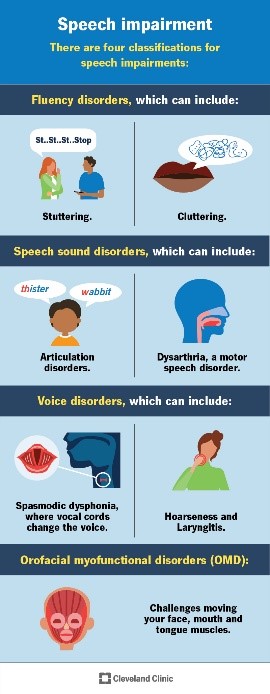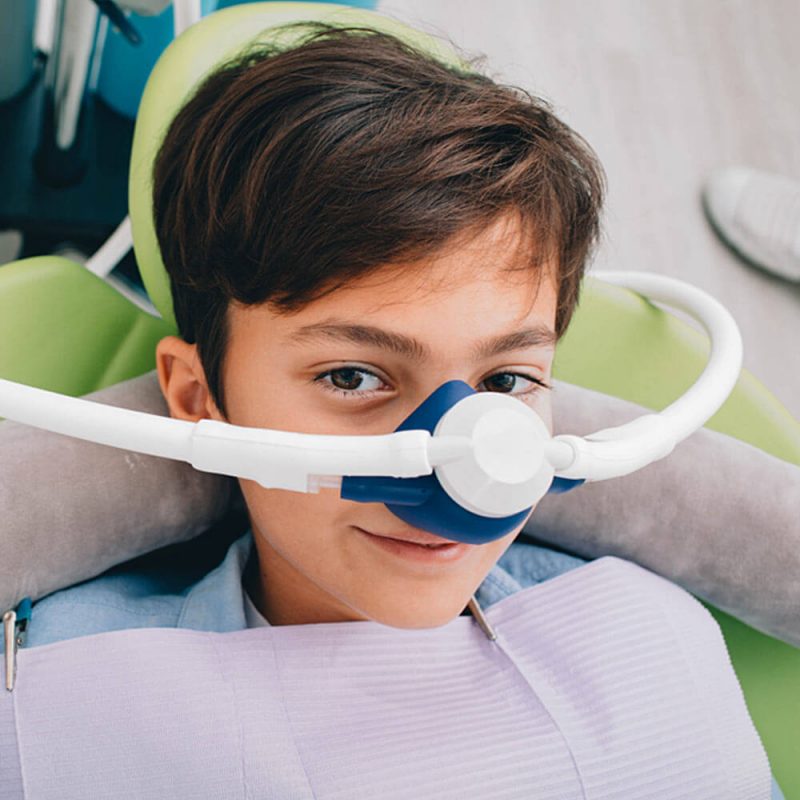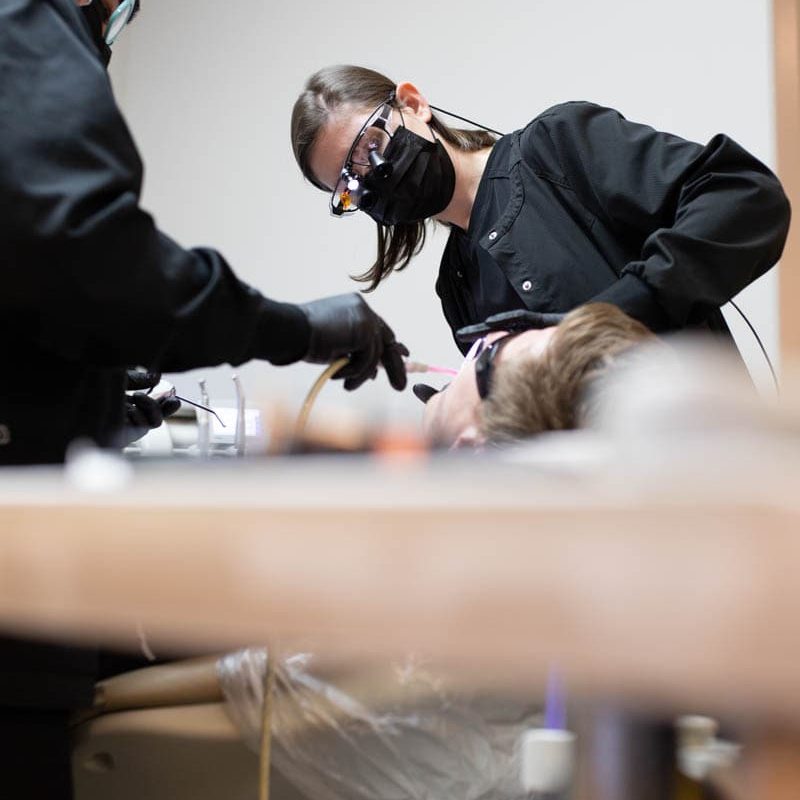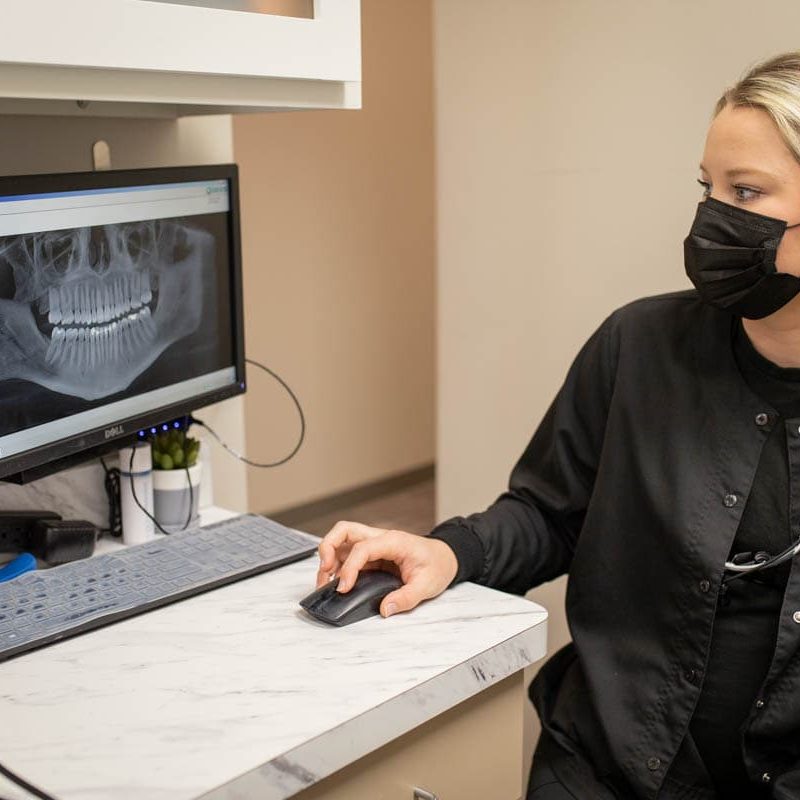At Park City Dental, we are committed to the health of each of our patients. By promoting optimal oral health, we have a direct impact on overall systemic health, and research shows that the tongue plays a huge part in that! During proper development, the tongue is responsible for stimulating the growth of both the upper and lower dental arches, as a result, the sinus cavity and airway are also developed correctly. Your tongue is the most flexible muscle of the airway, if left unproperly trained; it can result in a multitude of health issues.
With myofunctional therapy, early intervention and patient compliance is essential. Our therapy focuses on treating the cause, not just relieving the symptoms. By educating our patients and correcting the underlying cause of muscle dysfunction, results remain for life!
What is MYO?
Orofacial Myofunctional Therapy, or MYO for short, helps restore proper function to the muscles of the face, mouth, and neck. Similar to physical therapy, patients will be guided through various exercises and stretches. This therapy aims to address and correct orofacial myofunctional disorders which in turn can reduce symptoms of TMJ pain, mouth breathing, nasal congestion, tongue thrusting, improper tongue rest and more.
What are OMDs?
Orofacial Myofunctional Disorders (OMDs) are disorders of the muscles and functions of the face and mouth. OMDs can affect breastfeeding, facial skeletal growth and development, chewing, swallowing, speech, occlusion, temporomandibular joint movement, the stability of orthodontic treatment, facial aesthetics, and more.
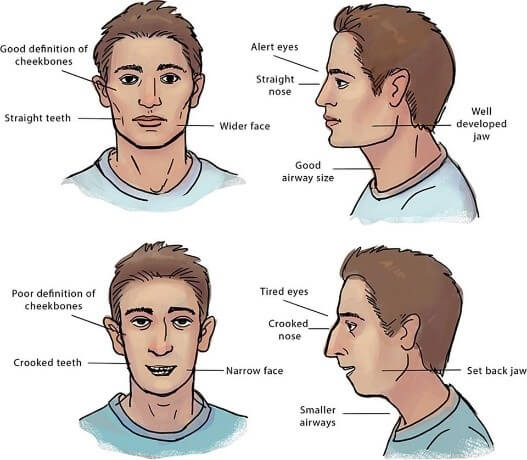
What dental problems are related to OMD’s?
Incorrect Tongue Posture
The tongue is comprised of multiple muscles, when these muscles work together, the tongue can apply adequate pressure stimulating the proper growth of the dental arches. If the tongue is not sitting in the correct resting position, these pressures are applied inappropriately to the teeth- resulting in the incorrect alignment and function of teeth.

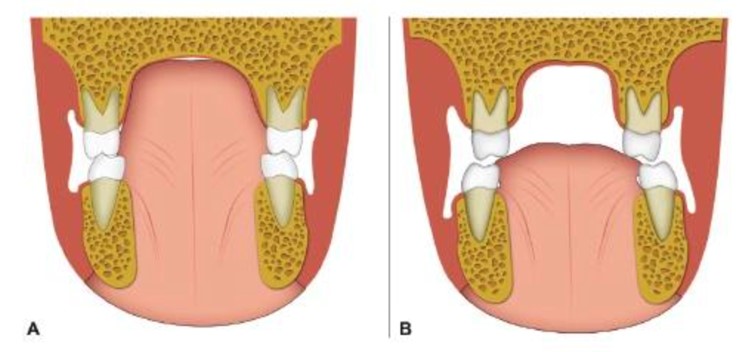

Tight Frenum Attachments
Tight tissues in the mouth such as tongue ties, lip ties and cheek ties have a multitude of complications. Our oral connective tissues greatly influence the growth pattern of our dental arches. Improper tension in the areas of our tongue, lips and cheeks will negatively influence speech, swallowing, latching and the alignment of teeth.
A tight tongue tie results in reduced tongue mobility and/or range of motion. This restriction can limit the ability to achieve proper tongue placement on the palate. When the frenum is too tight or too thick, this will also alter the way the tongue muscles perform during chewing, swallowing and speech.
 When a tight or thick lip tie is present, lip mobility is reduced. This can create the inability to achieve a lip seal. In infancy, the lip seal is important for proper latching and without this ability your child can swallow too much air leading to digestive issues/gas. Untreated lip ties can lead to speech difficulties, open mouth posture and in some cases, a gap will remain between the two front teeth.
When a tight or thick lip tie is present, lip mobility is reduced. This can create the inability to achieve a lip seal. In infancy, the lip seal is important for proper latching and without this ability your child can swallow too much air leading to digestive issues/gas. Untreated lip ties can lead to speech difficulties, open mouth posture and in some cases, a gap will remain between the two front teeth.
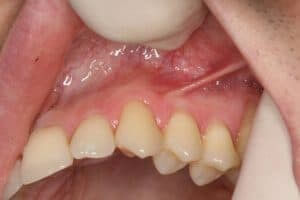
Tight cheek ties are also associated with poor latching abilities in infancy and are known to limit the expansion of the upper arch during childhood development. This results in a narrow arch as an adult.
Thumb or Finger Sucking
Because the tongue is such a powerful muscle, the placement of its pressure will alter the shape of our dental arches. When a foreign object (finger, thumb or pacifier) is introduced to the mouth, the pressure of suction and placement of the tongue change the form of the mouth to fit the object.
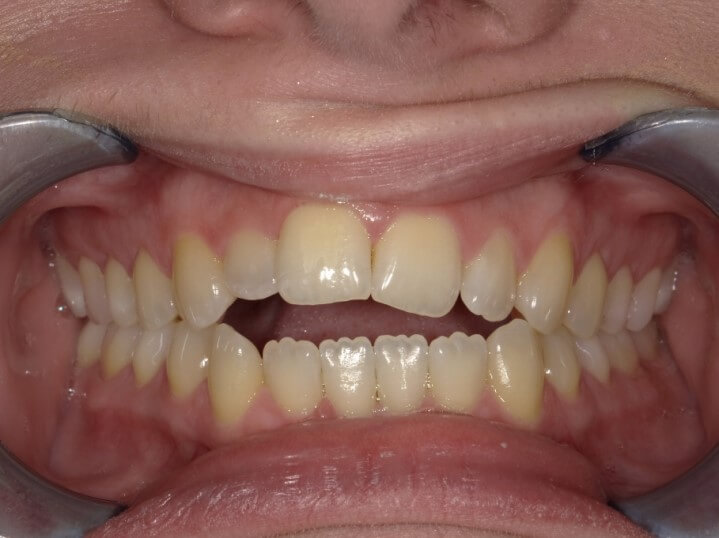
Tongue Thrust
During a proper swallowing pattern, the tongue is positioned on the roof of the mouth and a wave like motion is created with pressure being applied up towards the palate. During an incorrect swallowing pattern, the tongue is positioned on the teeth with pressure being applied forward/sideways on the teeth. This is called a tongue thrust. Tongue thrusting can gradually alter the alignment of teeth over time and lead to TMJ pain, open bite, crossbite, digestive issues and more.
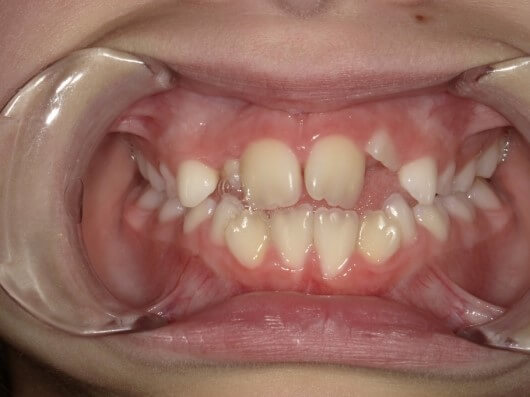
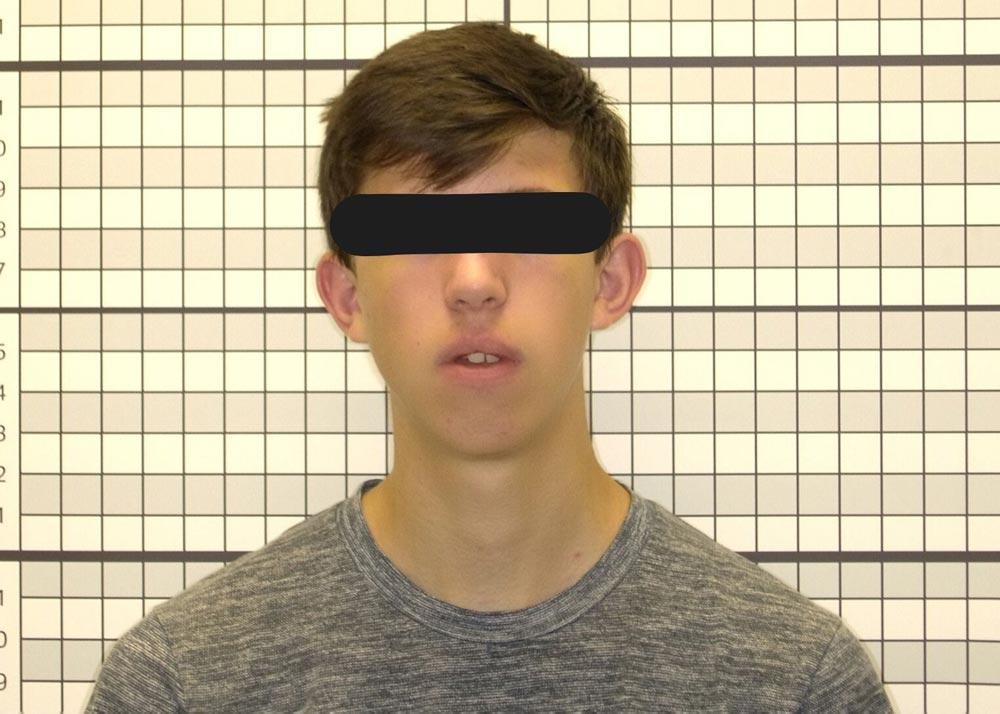
Incorrect Lip Posture
The lips, when sealed together and resting properly, influence the forward growth of the dental arches and the proper alignment of the teeth. If the lips remain open, whether out of habit, poor muscle tone or due to inadequate nasal breathing ability, the cheeks apply increased pressure on the back teeth resulting in a narrow palate and the lack of pressure from the lips will result in the front teeth protruding out.
Mouth Breathing
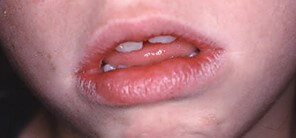 If the lips are not together during rest, the likelihood of mouth breathing increases. Mouth breathing is found to activate the bodies stress response by reducing oxygen uptake in the blood stream which increases anxiety. Breathing through the mouth also allows for cold, unpurified, dry air to reach the lungs and creates inflammation in the body. Mouth breathing dries out oral tissues and causes increased bacteria build up leading to tooth decay and gingivitis.
If the lips are not together during rest, the likelihood of mouth breathing increases. Mouth breathing is found to activate the bodies stress response by reducing oxygen uptake in the blood stream which increases anxiety. Breathing through the mouth also allows for cold, unpurified, dry air to reach the lungs and creates inflammation in the body. Mouth breathing dries out oral tissues and causes increased bacteria build up leading to tooth decay and gingivitis.
Snoring
 The position of the tongue and the muscle tonicity of both the tongue and the throat greatly influence the airway space. If these muscles are not functioning correctly during waking hours, tissues become further relaxed during sleep and can lead to snoring, altered breathing and in severe cases, obstruction of oxygen flow altogether. Snoring has become normalized in our society; however, it is one of the first signs of sleep disordered breathing and should be corrected.
The position of the tongue and the muscle tonicity of both the tongue and the throat greatly influence the airway space. If these muscles are not functioning correctly during waking hours, tissues become further relaxed during sleep and can lead to snoring, altered breathing and in severe cases, obstruction of oxygen flow altogether. Snoring has become normalized in our society; however, it is one of the first signs of sleep disordered breathing and should be corrected.
Mild/Mod Obstructive Sleep Apnea
 There are four phenotypes of sleep apnea, Pcrit, loop gain, arousal threshold and upper airway recruitment (UARs). UARs occurs when your throat muscles intermittently relax and block your airway during sleep. Early intervention is important, and Myofunctional therapy can increase the tonicity of the airway muscles and greatly reduce symptoms of OSA. Obstructive sleep apnea is a potentially serious sleep disorder. It causes breathing to repeatedly stop and start during sleep leading to decreased oxygen saturation in vital organs like your heart and brain.
There are four phenotypes of sleep apnea, Pcrit, loop gain, arousal threshold and upper airway recruitment (UARs). UARs occurs when your throat muscles intermittently relax and block your airway during sleep. Early intervention is important, and Myofunctional therapy can increase the tonicity of the airway muscles and greatly reduce symptoms of OSA. Obstructive sleep apnea is a potentially serious sleep disorder. It causes breathing to repeatedly stop and start during sleep leading to decreased oxygen saturation in vital organs like your heart and brain.
Buteyko Breathing and the Importance of Nasal Health
The purpose of the nose is to purify the air we breathe before it enters the lower respiratory tract. Breathing though the nose increases oxygen utilization in the blood and also stimulates the presence of nitric oxide which is naturally anti-viral and helps prevent pathogens from reaching our lungs. Breathing through the nose activates the parasympathetic nervous system and reduces stress and anxiety. Buteyko Breathing Method was developed in 1952 by Ukrainian Dr. Konstantin Pavlovich Buteyko. This breathing method is designed to improve blood circulation, reduce nasal congestion and improve functional breathing patterns. Buteyko Breathing has been proven to benefit patients who suffer from asthma, high blood pressure, insomnia, sleep apnea and anxiety.
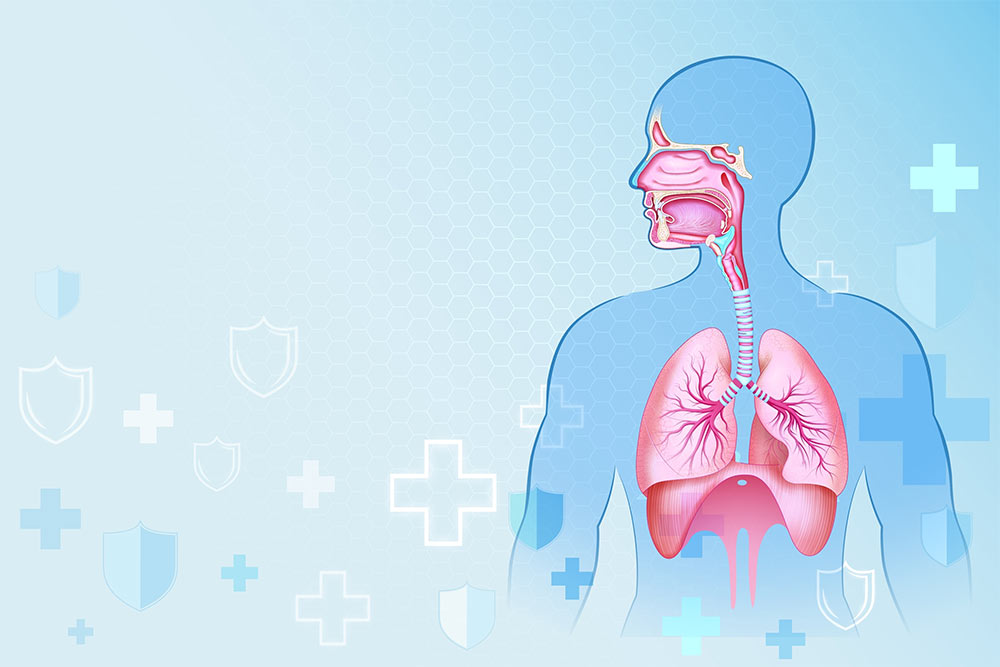
Myobrace®
The myobrace appliance is a prefabricated oral appliance used to establish nasal breathing, correct improper tongue posture, help improve correct swallowing pattern, and increase the promotion of natural growth and development of the mandible and maxillary arches. Myobrace® is not suited for all individuals and will only be recommended to those who may benefit. If Myobrace® is recommended, the patient may benefit from multiple stages of the appliance system. Progress will be monitored, and each patient will be encouraged to advance to the next stage if appropriate. Results vary based on individual compliance and growth patterns, if the appliance progress is not deemed suitable, traditional orthodontics may be recommended.
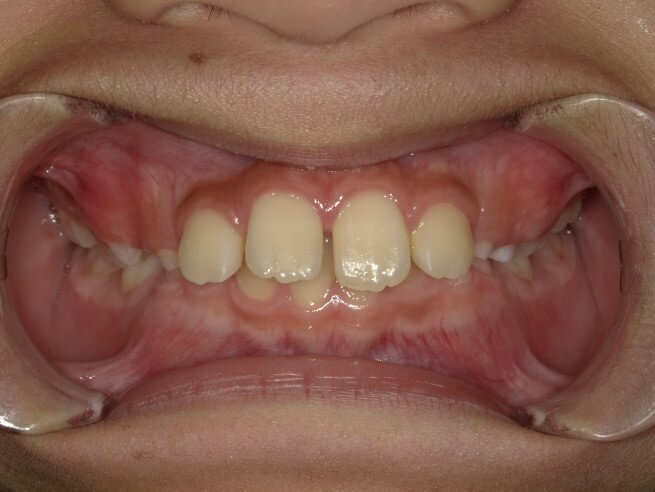

Mason, age 12. January 2023- September 2024. Treatment complete


Addy, age 6. March 2023- October 2023. Treatment ongoing.
Table of Contents
Meet Our Therapist
Stormi Lamar, RDH, BSDH, COMT

After graduating from Wichita State University with a Bachelor of Science in Dental Hygiene in 2018, Stormi pursued further studies with the Academy of Orofacial Myofunctional Therapy and received her certification in 2021. During this time, she learned about orofacial dysfunctions and their effect on the entire body. With her continued education, Stormi became passionate in sharing her increased knowledge of the impact that oral health has on systemic health. Stormi is a Wichita native and is the tenth child of twelve. She loves working one on one with her patients, creating awareness, addressing, and correcting parafunctional habits and leading the journey to increased quality of life. When Stormi is not educating and working with her patients, she enjoys spending time with her husband, Thomas, two dogs and all her extended family!
Mouth breathing video by Dr. German Ramirez-Yanez
Scholarly Articles:
-American Journal of Orthodontics. Malfunction of the tongue part III.
-Harvard Magazine. Daniel Lieberman tracks the evolution of the human head. By Jonathan Shaw.
-American Academy of Pediatric Dentistry. Guideline on management of the developing dentition and occlusion in pediatric dentistry.
– National Library of Medicine. Effects of Oropharyngeal Exercises on Patients with Moderate Obstructive Sleep Apnea Syndrome.

